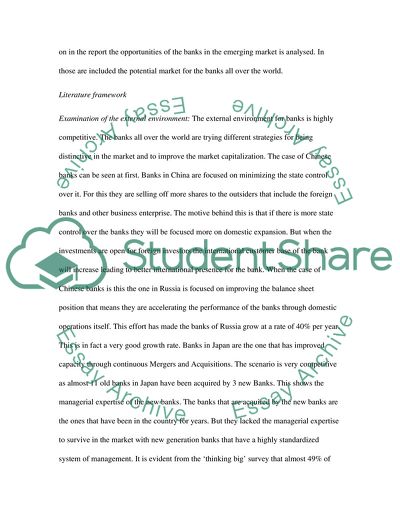Cite this document
(Strategy of Commercial Banks Operating in the International Coursework, n.d.)
Strategy of Commercial Banks Operating in the International Coursework. https://studentshare.org/finance-accounting/1710758-strategy
Strategy of Commercial Banks Operating in the International Coursework. https://studentshare.org/finance-accounting/1710758-strategy
(Strategy of Commercial Banks Operating in the International Coursework)
Strategy of Commercial Banks Operating in the International Coursework. https://studentshare.org/finance-accounting/1710758-strategy.
Strategy of Commercial Banks Operating in the International Coursework. https://studentshare.org/finance-accounting/1710758-strategy.
“Strategy of Commercial Banks Operating in the International Coursework”. https://studentshare.org/finance-accounting/1710758-strategy.


